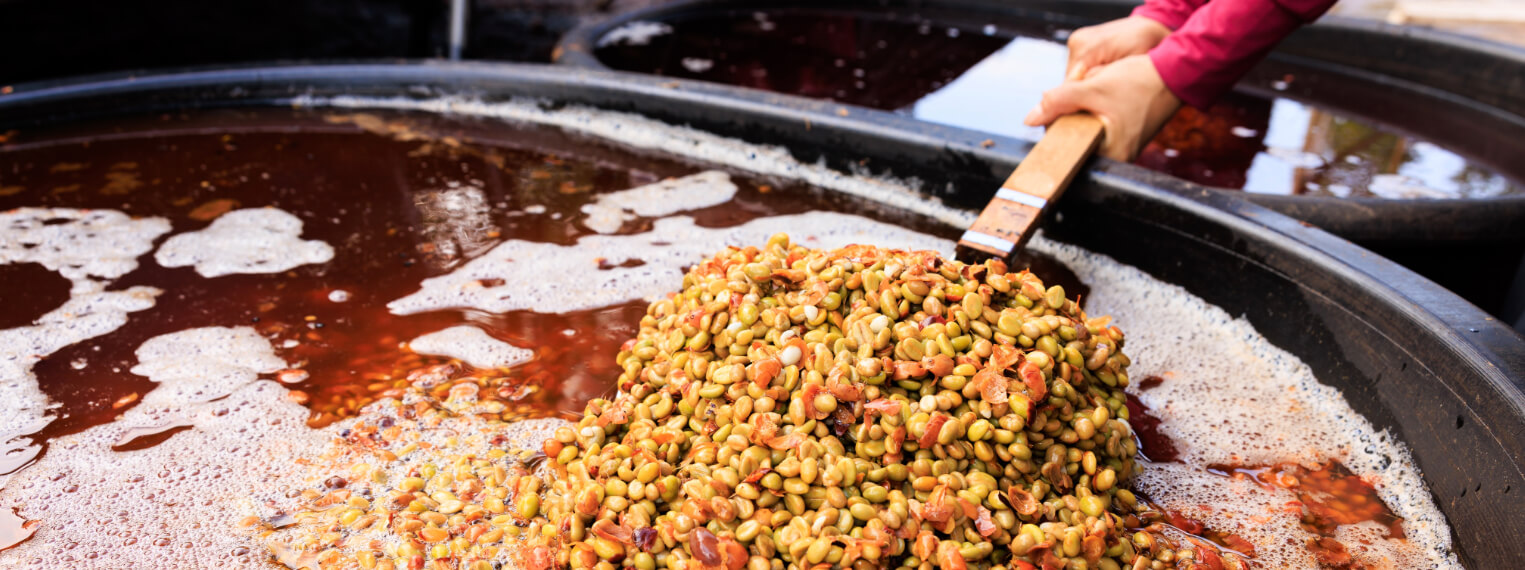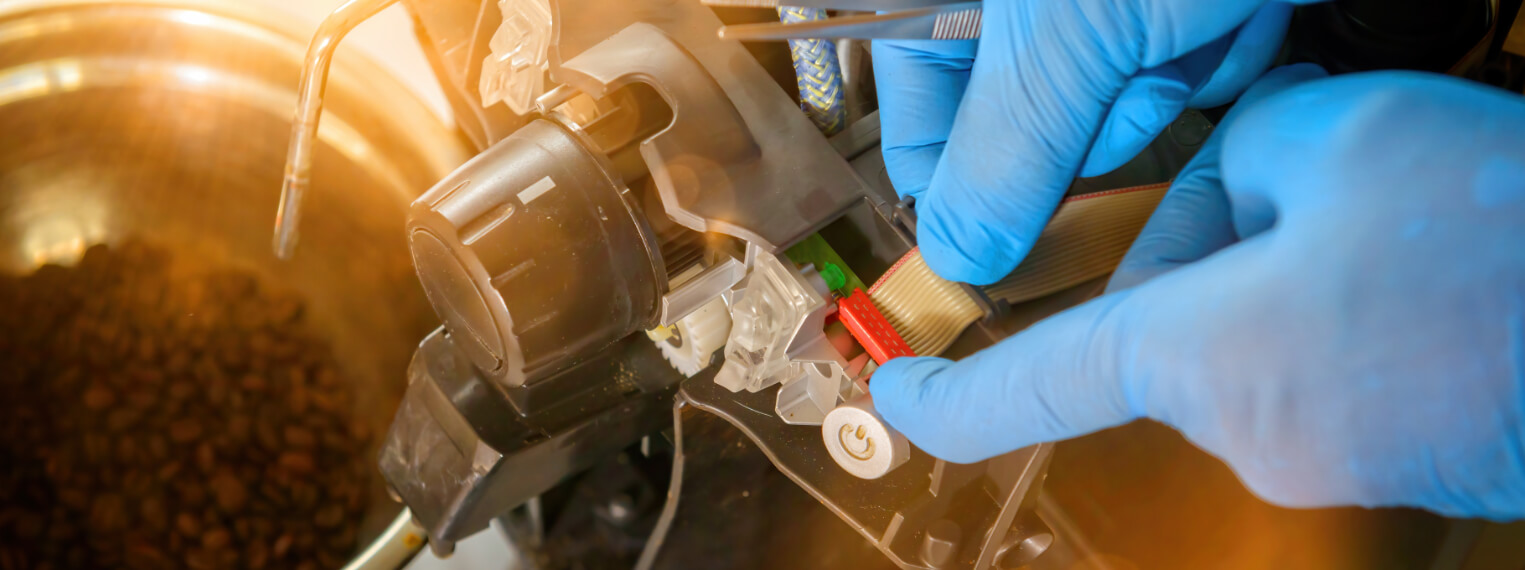Behind Your Coffee: A Beginner’s Guide to Processing Methods
The journey from bean to cup is shaped by a myriad of factors – genetic variety, growing conditions, harvesting protocols, processing techniques and standards – all of which are artfully revealed through expert roasting. This guide serves as an introduction to the diverse processing methods featured on our website, offering insights into how each technique influences the final taste of your coffee. This serves to broadly explain each process, so for variation or more specific practices behind each of our offerings, we invite you to explore our coffee pages
Understanding Coffee Processing
Why Processing Matters: Before coffee beans ever make their way to the roaster, they undergo a critical transformation that greatly impacts their flavour and aroma. This process begins the moment the cherries are picked from the tree and continues through how they’re ultimately prepared for roasting
The Main Methods: A Snapshot
- Natural Processing: Here, coffee cherries are sun-dried with their skins intact, leading to a bold, fruity flavour profile. This method is as old as coffee itself, offering a direct connection to the bean’s origins.
- Washed Processing: In this method, the cherry’s flesh is removed before drying. The result is a cleaner, more acidic coffee that lets the bean’s natural flavours shine through.
- Honey Processing: This sweet spot between natural and washed leaves some of the cherry’s mucilage on the bean during drying, creating a smooth, subtly sweet cup.
- Pulped Natural (Semi-Washed): This method removes the skin of the coffee cherry but leaves a significant amount of the mucilage before drying. It’s a balance between washed and natural processes, offering a cup with more body than washed coffees and more clarity than naturals. This method is especially popular in Brazil and produces coffees with a sweet, complex profile and a velvety mouthfeel.
Fermentation: The Flavour Innovator
- Anaerobic Fermentation: This process takes place in a sealed environment that lacks oxygen. Coffee cherries or pulped beans are fermented in tanks where the absence of oxygen alters the fermentation process, leading to unique flavour profiles that can range from intense fruity notes to complex wine-like tastes. This method allows producers to control fermentation variables very precisely, creating distinctly unique coffees.
- Carbonic Maceration: Borrowed from the wine industry, this technique involves fermenting the whole cherries in a carbon dioxide-rich environment. This controlled fermentation emphasises fruit-forward and floral notes, resulting in a distinctively vibrant and complex cup profile. It’s a method that showcases the innovative crossover of techniques from winemaking to coffee processing.
- Winey Fermentation: This process is named for its outcome, producing coffees with a wine-like acidity and fruity complexity. It typically involves allowing the coffee to ferment with more exposure to air, which can develop a profile similar to that of certain wines. This method is known for creating coffees with a pronounced body and a unique flavour profile that’s cherished by many enthusiasts.
Alternative Processes
- Experimental: A broad category for cutting-edge methods not commonly used or standardised, often proprietary to specific farms. These can involve unique fermentation times, temperatures, or even introducing other ingredients to influence the process.
- Decaf: Not a processing method per se, decaffeination removes approximately 97% of caffeine from coffee beans. This section details several methods, including:
- Swiss Water Process: A chemical-free method using water to gently remove caffeine while preserving the coffee’s original flavour.
- CO2 Process: Utilises liquid CO2 to extract caffeine in a non-toxic, efficient manner.
- Ethyl Acetate Method: Often derived from sugar cane, this naturally occurring compound is used to remove caffeine, sometimes dubbed as “naturally decaffeinated.”
Choosing Your Coffee
This guide only scratches the surface of the intricate world behind your coffee. As you explore our selection, consider how these processes align with your taste preferences. Are you drawn to the sweetness and complexity of our natural bean selection, do you prefer the clean, crisp notes of washed coffees or are you keen on the sensory experience of a fermentation-driven process that showcases a very different dimension of a coffee ?
Our goal is to demystify the journey from bean to cup, making specialty coffee more accessible and enjoyable for everyone. Whether you’re a long-time enthusiast or new to the scene, there’s always something new to discover in the world of coffee processing. Dive in, taste the difference, and find your perfect brew with us.
Considerations for the Curious Coffee Explorer
- This post covers a broader understanding of coffee processing standard, the depth of influence each method has on flavour can be subjective and varies with each batch of coffee. It’s important to understand that tasting notes and preferences are highly personal and can differ from one individual to another.
- Given the rapid pace of innovation in coffee processing, innovative methods or variations on existing methods are in constant development.






